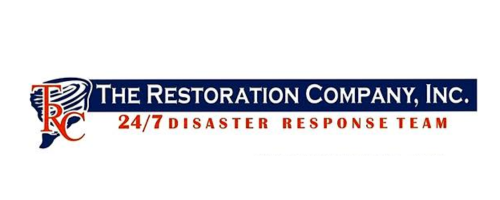Table of Contents
Mould remediation can be costly because it involves more than just cleaning visible mould. Proper treatment requires identifying the source of moisture, containing the affected area to prevent the spread of spores, and using specialist equipment and techniques to safely remove the mould. In some cases, structural repairs or replacements may also be needed. The cost reflects the time, expertise, and care required to ensure the problem is fully resolved and doesn’t return.
Mold is a type of fungus that thrives in damp, warm, and humid environments. It spreads through tiny spores that float through the air and can settle and grow on various surfaces like walls, ceilings, carpets, and insulation. When mold colonies grow indoors, they can cause structural damage and trigger serious health problems, especially for individuals with respiratory conditions, allergies, or weakened immune systems.
Common Causes of Mold
-
Leaking pipes or roofs
-
Poor ventilation
-
Flooding or water damage
-
High indoor humidity
Mold remediation involves more than just cleaning a surface. It’s a complex process that requires careful assessment, specialized equipment, and trained professionals to fully remove mold and prevent its return. Here’s why the cost adds up:
1. Inspection and Testing
Before any work begins, certified mold professionals often conduct air quality tests and surface samples to determine the extent of the problem. These tests can be costly but are crucial for identifying hidden mold and planning effective remediation.
2. Containment and Safety Measures
To prevent mold spores from spreading to unaffected areas, technicians use containment barriers, negative air machines, and protective equipment. These measures ensure the safety of both the workers and building occupants but contribute to the overall cost.
3. Specialized Equipment
Mold remediation requires high-efficiency particulate air (HEPA) filters, dehumidifiers, industrial-strength cleaners, and sometimes demolition tools. The use of professional-grade equipment is essential but expensive.
4. Labor-Intensive Process
Remediation can involve tearing out contaminated drywall, flooring, or insulation. It also includes thorough cleaning, drying, disinfecting, and rebuilding — all of which require skilled labor and time.
5. Prevention and Restoration
After removing the mold, remediation teams also focus on fixing the underlying moisture issues and restoring the damaged areas. This can include plumbing repairs, sealing leaks, and reconstructing walls or ceilings.

